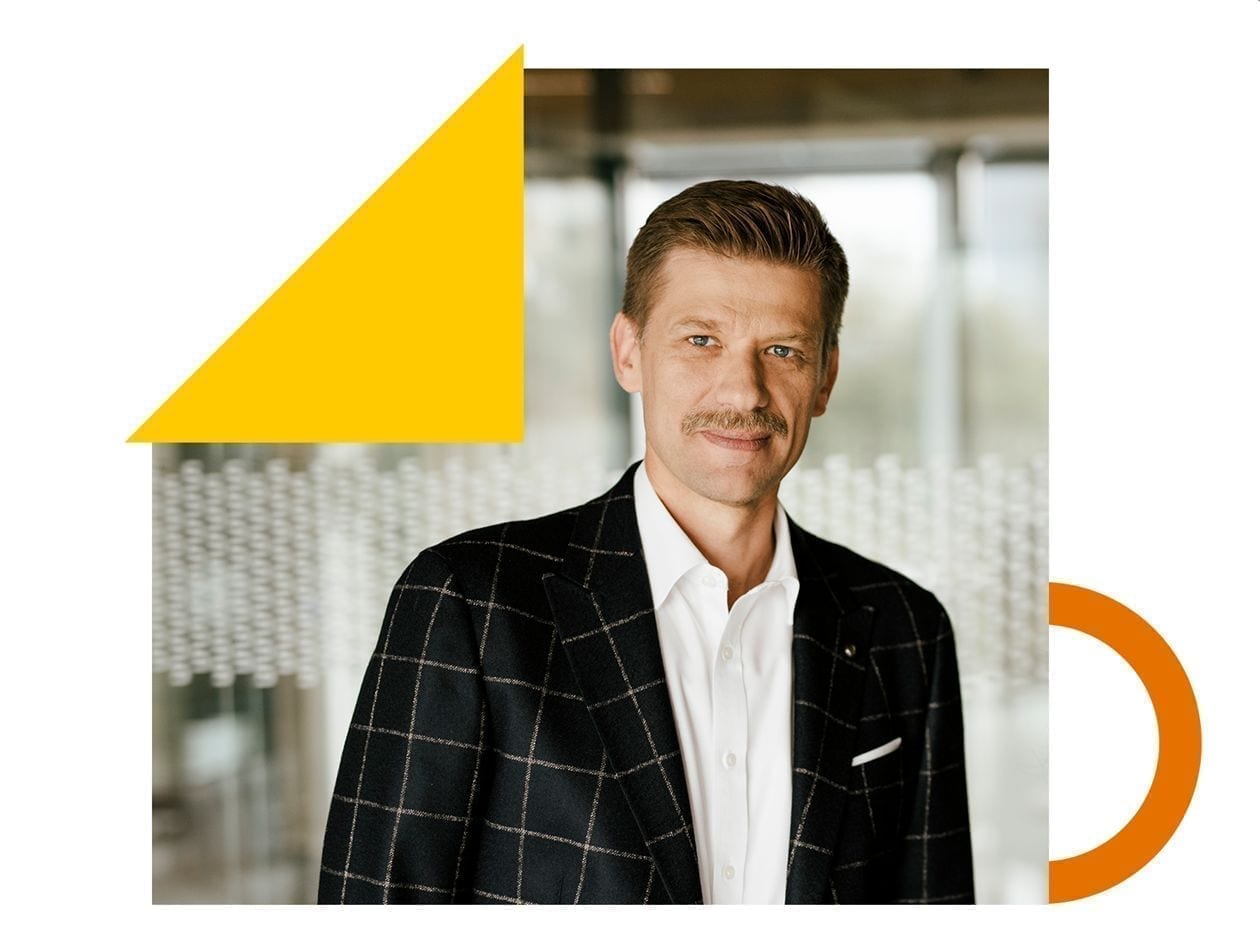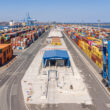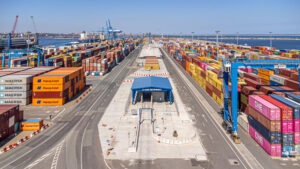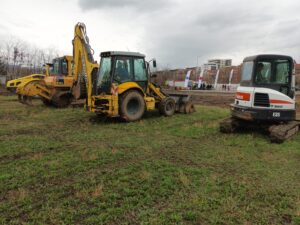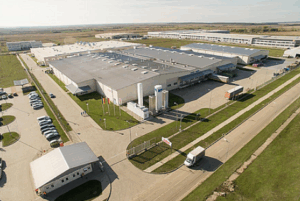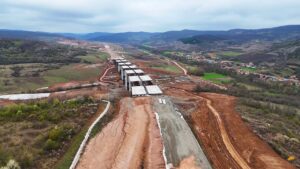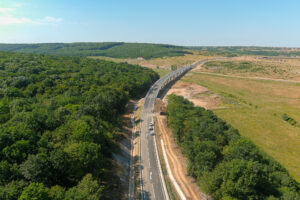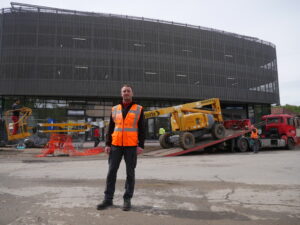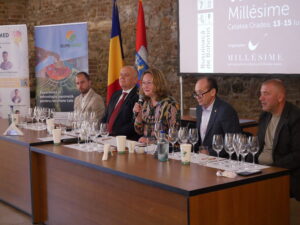CEE outperformed other EU countries in 2020 in terms of economics, hopefully returning to a strong income convergence to Western Europe in 2021, according to the report presented by Skanska and SpotData. The report presents 100 most important economic trends in Poland and the CEE region at the threshold of 2021 opportunities and risks.
Global economy is managing much better during the COVID-19 pandemic than expected. One reason is that businesses are adapting to uncertainty and the new reality. Hybrid working models, teleconferences, digital back-office procedures, digital trade fairs, new business models – all this helped withstand the shock in most sectors, according to the Skanska and SpotData report on 100 trends defining the CEE economies in 2021.
“We are observing new trends and business transformations that are appearing on the market, which will shape the future. They create new opportunities and the new normal which will be our reality going forward. Together with the analytics company SpotData, we have listed them in the “100 trends in CEE economies” report. Our goal is to demonstrate their impact on CEE. After all those analyses and multiple discussions with different stakeholders, we are certain that CEE has a bright future and is a good place to invest, from the perspectives of both corporations and financial investors,” said Katarzyna Zawodna-Bijoch, President and CEO at Skanska commercial development business unit in CEE.
“Investors and economists gradually come to the conclusion that the pandemic crisis is not as damaging as other type of recessions. The report contains inspiration for analysis and forecasts for the coming year and subsequent years to come. It covers the most significant areas of the CEE economic environment and highlights the key trends that will shape the region, including those in real estate,” commented Adrian Karczewicz, Head of Divestments at Skanska commercial development business unit in CEE.
The paper shows the difficulties and perhaps opportunities of improving the region, even in the post-pandemic reality. Authors highlight the main trends that are going to drive further development of countries like Poland, Romania, the Czech Republic and Hungary.
KEY CONLCUSIONS FROM THE REPORT:
- Most countries in the CEE region managed to avoid deep recessions and performed better than EU-average in economic terms. The CEE region has a higher share of sectors that benefitted from the COVID-19 pandemic, and half the share of sectors that were severely hit – compared to the EU average. Long-term costs of the COVID-19 pandemic will be lower in CEE than the global average.
- The combination of very high qualified workers with relatively low levels of fixed capital per worker makes CEE a particularly attractive place to invest. Returns on investments are high for foreign companies, and host countries benefit from capital investments and transfers of knowledge related to new investments.
- One of the most important structural shifts ongoing in the CEE is an increase in demand for high-skilled workers. The share of office jobs is growing not only in services but also in industry – there is a gradual shift from manual work to white-collar work.
- Knowledge intensive services, and particularly business services, are the fastest growing segment of CEE economies. CEE has become one of the important global hubs for business services centres, which increasingly concentrate on the technology sectors. Highly educated workforce and availability of office space in large cities attracts many SSC/BPO investments to the region.
- Investor activity on the office market in CEE declined in 2020, but 2021 should bring back growth. The expected growth in remote and hybrid work will make investors seek higher-quality, core, well-performing assets and locations.
- CEE has reduced emissions, but climate policy is still the biggest challenge for the region. All of the countries in the region manage to cut CO2 emissions per capita while growing their economies. Moreover, European Union plans to cut net greenhouse gas emissions by 55 percent (compared to the 1990 – the reference year) by 2030 and by 100 percent by 2050.
The report focuses on areas such as global and CEE perspective, society, education, work, companies and sectors, modern business services, digital transformation & technologies, and overall influence of the above, as well as the current state of the real estate market.
“The 100 Most Important Trends in the CEE economies” was created in cooperation with SpotData, an analytical center dealing with media, data visualization and economic analysis.
Full version of the report can be found here: https://www.skanska.pl/en-us/100trends.
SpotData is an analytical centre operating at the junction of media, data visualization and economic analysis that provides expert knowledge on topics and areas of key importance for business and economy.
Katarzyna Zawodna-Bijoch
President and CEO Skanska’s commercial development business unit in CEE

We have gone through the most extraordinary year in our history – as countries, societies, and companies. The deep recession caused by the COVID-19 pandemic has shaken the fundaments of economies and business models, but a revival of economic activity observed since early 2021 brought hope for a much better future.
CEE has solid macroeconomic fundamentals: high GDP growth, low indebtedness, low unemployment, and a strong inflow of foreign investments. The most important fact is that the knowledge economy is the fastest-growing segment of the CEE region. IT, R&D, pharma, consulting, finance – those sectors grow at the fastest pace, supported by the large pool of well-educated workers. This creates a very positive environment for the office markets.
The new era will be defined by two important megatrends: digitalization and “green evolution”. Companies accelerate the transformation into digital processes and clean energy. We are observing these trends everywhere around and see that CEE is dynamically adapting to new challenges.
I am confident that our report will help you navigate the trends and phenomena defining CEE economies. Enjoy the reading!
Adrian Karczewicz
